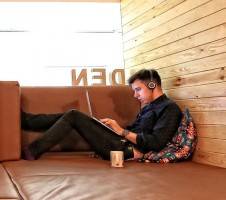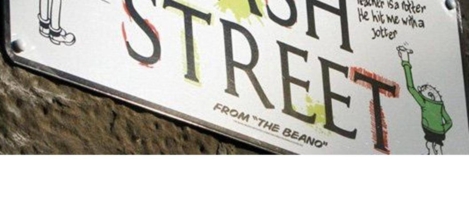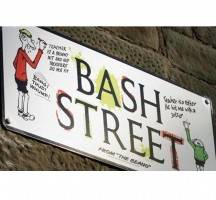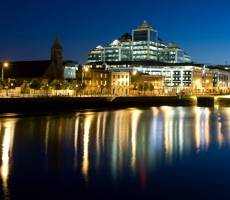April 1, 2016
Rise in European outsourcing of real estate and facilities management 0
 Companies outsourcing their real estate and facilities management needs have hit record levels across Europe, finds new data. According to CBRE, its EMEA Global Workplace Solutions (GWS) business received a record number of Requests for Information (RFI) or Requests for Proposals (RFP) from organisations wishing to outsource all, or part, of their real estate activities in 2015. This marks a 190 percent increase over 2012, with the data showing the most popular function to outsource is facilities management, with 64 percent of briefs including this service. The trend for outsourcing is also reflected in CBRE’s European Occupier Survey, which spans 120 organisations. Fifty-four percent of respondents noted that that they outsourced some or part of their property requirements. This figure marks an uplift from 30 percent the year before and demonstrates that more corporates are seeking, and using, specialist property advisors for outsourcing advice.
Companies outsourcing their real estate and facilities management needs have hit record levels across Europe, finds new data. According to CBRE, its EMEA Global Workplace Solutions (GWS) business received a record number of Requests for Information (RFI) or Requests for Proposals (RFP) from organisations wishing to outsource all, or part, of their real estate activities in 2015. This marks a 190 percent increase over 2012, with the data showing the most popular function to outsource is facilities management, with 64 percent of briefs including this service. The trend for outsourcing is also reflected in CBRE’s European Occupier Survey, which spans 120 organisations. Fifty-four percent of respondents noted that that they outsourced some or part of their property requirements. This figure marks an uplift from 30 percent the year before and demonstrates that more corporates are seeking, and using, specialist property advisors for outsourcing advice.


































March 30, 2016
Isn’t it time that UK businesses thought more like the Scandinavians? 0
by Richard Morris • Comment, Facilities management, Flexible working, Wellbeing, Workplace
(more…)